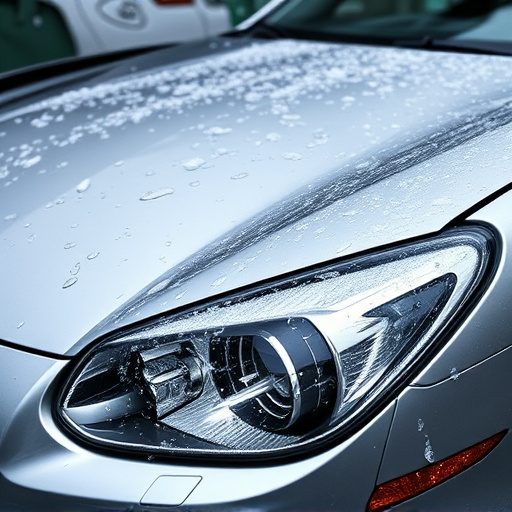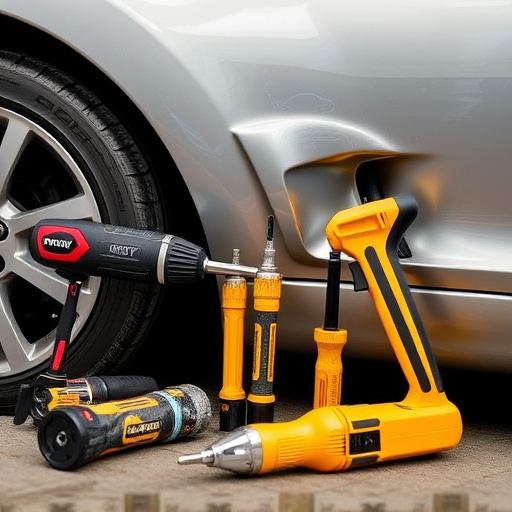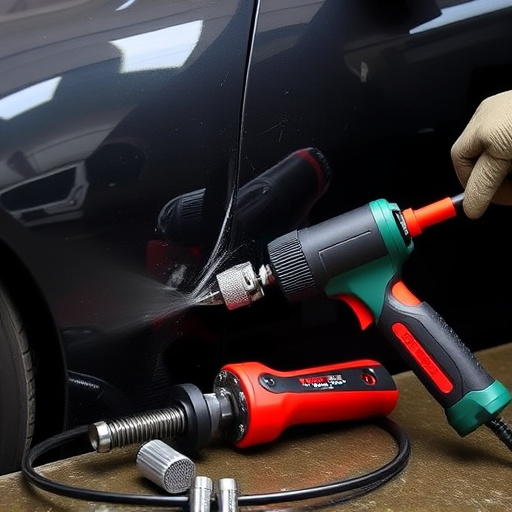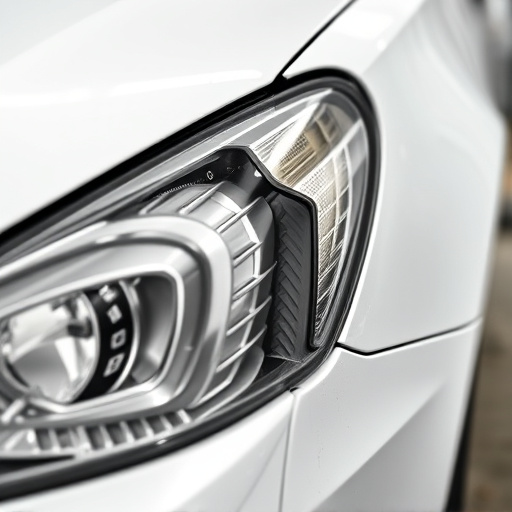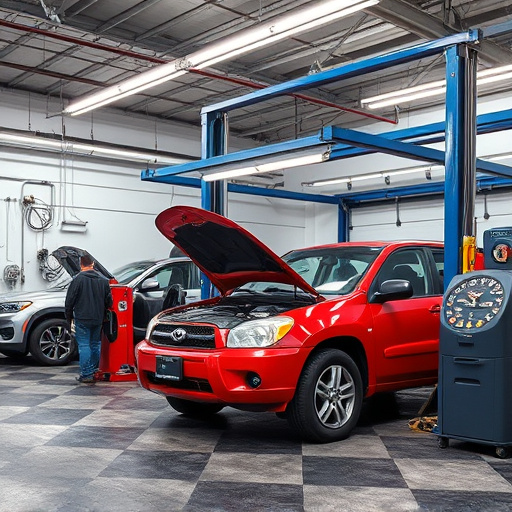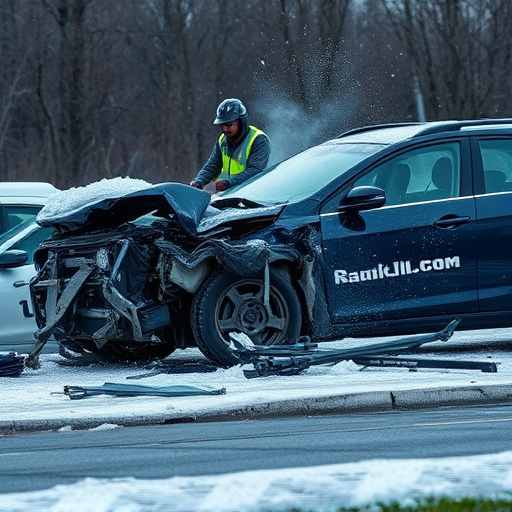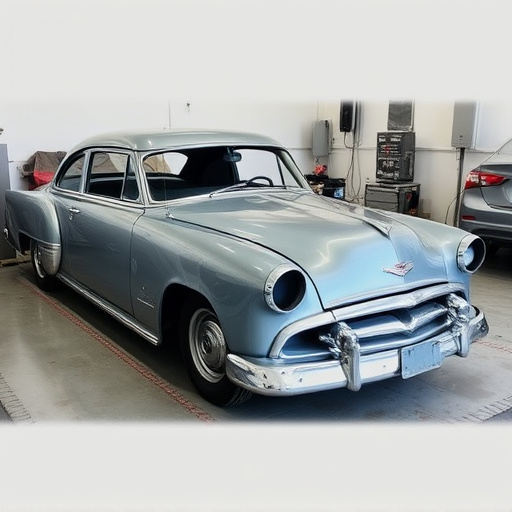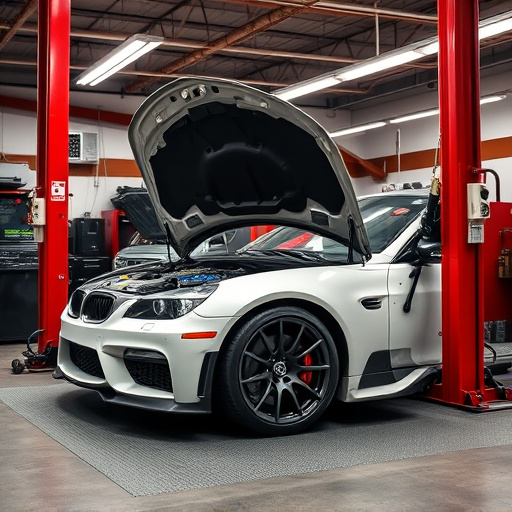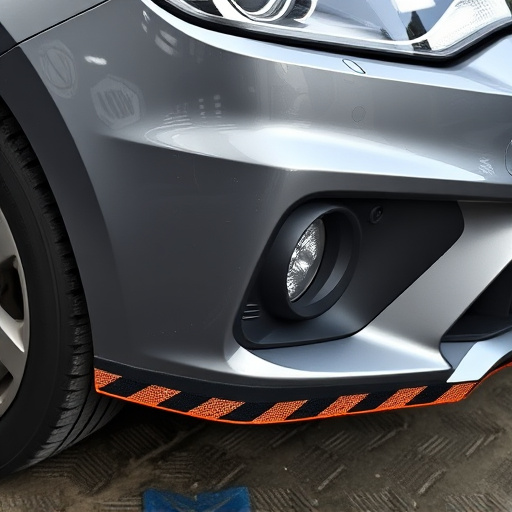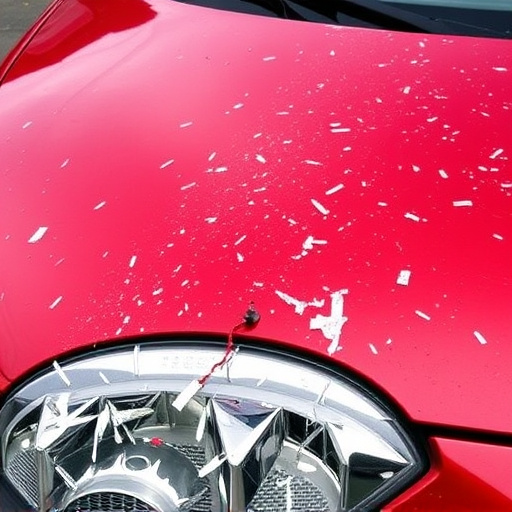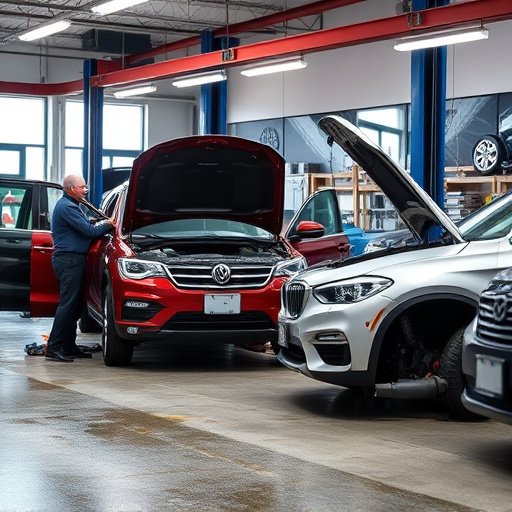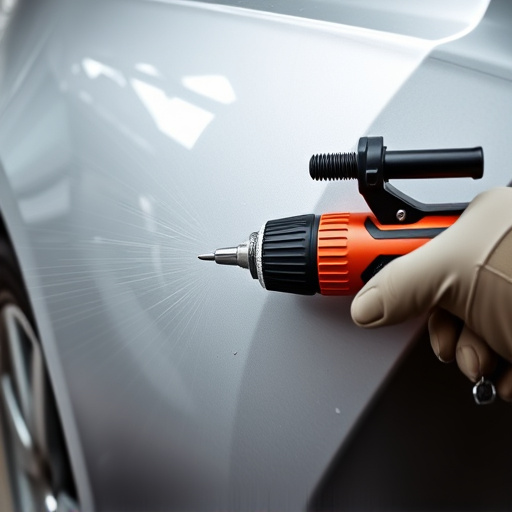Tesla performance calibration is a precise process essential after motor replacements, ensuring optimal efficiency, safety, and handling. Specialized technicians use advanced tools to adjust critical components, mimicking fine-tuning a musical instrument. Inaccurate calibration can lead to poor performance and safety risks. Post-motor replacement, professional Tesla performance calibration is crucial for an ideal driving experience, adhering to manufacturer guidelines and real-time feedback.
After replacing a motor in your Tesla, a critical step often overlooked is recalibrating the vehicle’s performance. Tesla performance calibration adjusts the car’s power delivery and response, ensuring optimal acceleration and overall driving dynamics. Motor replacement disrupts this delicate balance, requiring a precise calibration to match the new motor’s specifications. This guide delves into the basics of Tesla performance calibration, explains its significance post-replacement, and provides step-by-step instructions for an accurate recalibration.
- Understanding Tesla Performance Calibration Basics
- The Impact of Motor Replacement on Calibration
- Steps for Accurate Post-Replacement Calibration
Understanding Tesla Performance Calibration Basics
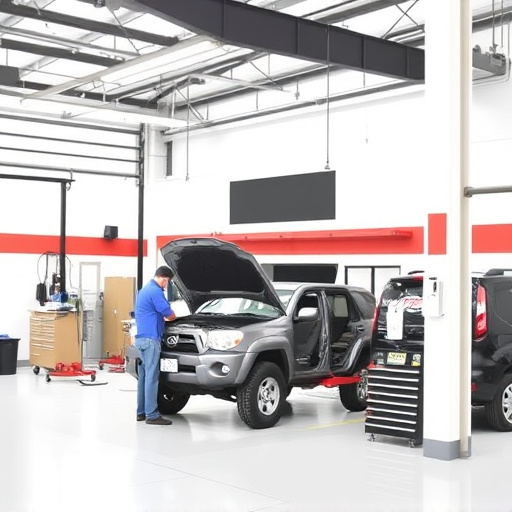
Tesla performance calibration is a crucial process that ensures your electric vehicle operates at its peak efficiency and safety standards. It’s akin to fine-tuning a musical instrument, where each component—from sensors to actuators—is meticulously adjusted to achieve optimal performance. After a motor replacement, this calibration becomes even more critical.
A fender bender or any form of car damage repair might disrupt the delicate balance within your Tesla’s system. Just as a dent removal expert rectifies physical imperfections, Tesla performance calibration specialists use advanced diagnostic tools to identify and correct any performance anomalies caused by such incidents. This process ensures not just swift return to top-notch performance but also enhances overall safety features, making your Tesla handle like new again, regardless of prior dent removal or motor replacement.
The Impact of Motor Replacement on Calibration
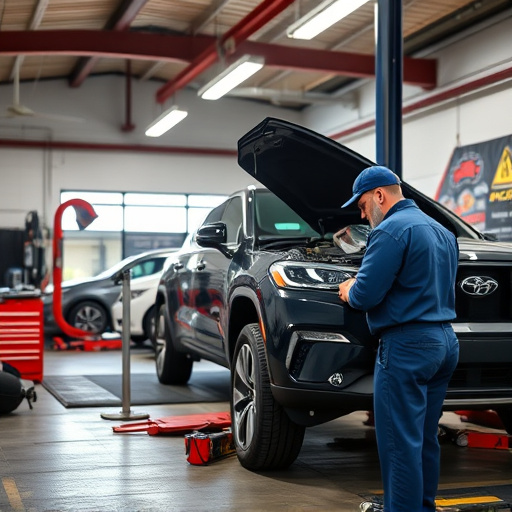
When a Tesla owner decides to replace their vehicle’s motor, it’s not just any routine maintenance task; it significantly impacts the car’s overall performance and requires a meticulous Tesla performance calibration process. This is because the electric motor plays a pivotal role in determining the car’s acceleration, top speed, and overall driving dynamics—all essential aspects of Tesla’s renowned performance.
A motor replacement involves more than just swapping out a part; it disrupts the delicate balance within the vehicle’s system. Calibration becomes necessary to ensure the car behaves as it should, maintaining its signature smooth acceleration and responsive handling. Without proper calibration, the car might feel sluggish, exhibit unusual behavior during cornering, or fail to reach expected performance milestones, potentially compromising both the driver’s experience and safety. Thus, seeking professional assistance for Tesla performance calibration after a motor replacement is not just recommended but essential, ensuring the vehicle returns to its optimal state—a far cry from needing a mere dent repair or auto repair near me.
Steps for Accurate Post-Replacement Calibration
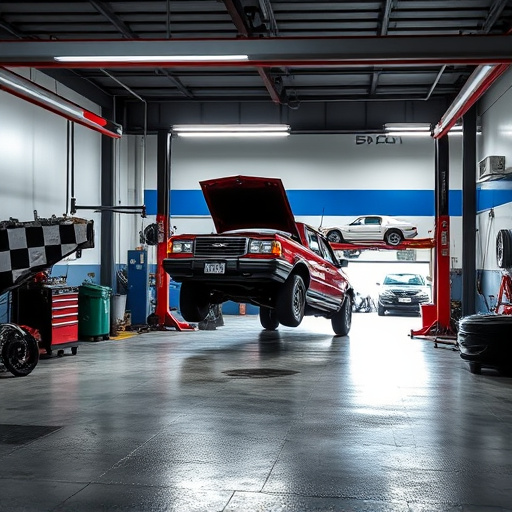
After replacing a motor in your Tesla, achieving accurate performance calibration is essential for optimal driving experience. The process involves several meticulous steps to ensure the vehicle’s computer systems align with the new motor specifications. Begin by disconnecting the battery to prevent any short circuits during the calibration process. Next, utilize specialized software tools designed specifically for Tesla vehicles to initiate the calibration routine. This software will guide you through a series of tests and adjustments, calibrating various sensors, including speed, throttle position, and voltage sensors.
For precise results, it’s crucial to follow the manufacturer’s guidelines strictly. The software will typically provide real-time feedback, allowing you to make necessary adjustments. Once the calibration is complete, reattach the battery and test drive the vehicle to ensure all systems operate seamlessly. This meticulous approach guarantees that your Tesla performs optimally after motor replacement, comparable to the precision found in classic car restoration or mercedes benz collision repair processes.
When replacing a motor in a Tesla, a subsequent Tesla performance calibration is essential. The process involves fine-tuning the vehicle’s computer system to ensure optimal speed, torque, and efficiency matching the new motor. By accurately calibrating post-replacement, owners can maintain the signature performance and responsiveness that makes Teslas so desirable.
